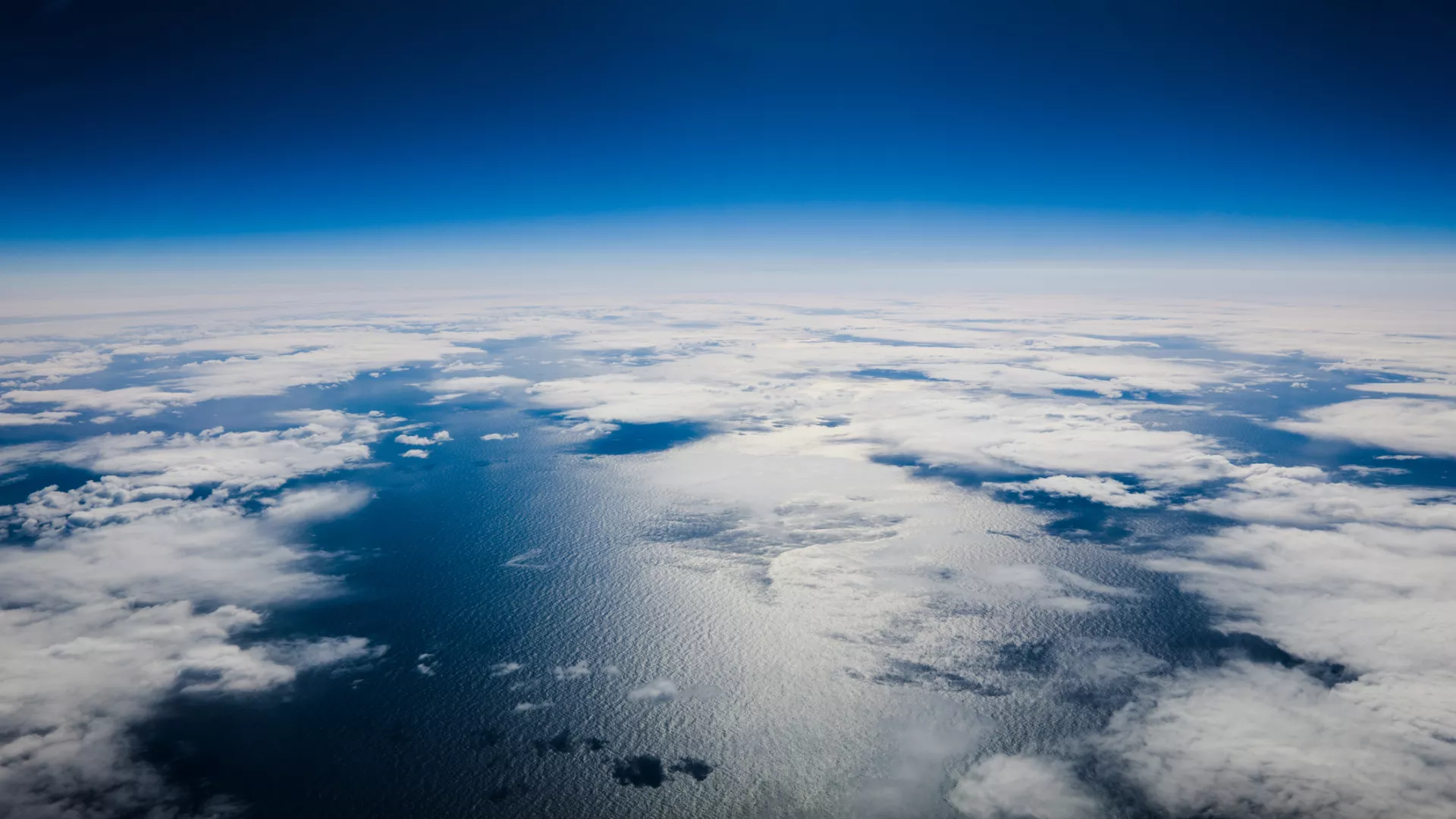Abstract:
The western United States (WUS) has seen an alarming rise in drought and wildfire activity in recent decades. While climate model simulations have suggested anthropogenic forcing as primary driver behind these escalating, observational evidence remains limited. Additionally, recent studies also indicate temperature has a growing impact on WUS drought, yet the relative important of temperature versus precipitation is unclear.
I’ll present two studies addressing these questions. The first study uses an observational approach – ensemble constructed flow analogue – to quantify the relative roles of natural climate variability (circulation inferred) and anthropogenic warming in the observed increases in fire weather risk, as measured by vapor pressure deficit (VPD). Results show that natural variability explains about one-third of the rising VPD trend, while climate change accounts for at least two-thirds. The second study provides a similar observational attribution analysis for recent WUS droughts and also show that temperature-driven high evaporative demand has surpassed precipitation deficit as the main contributor to drought severity and coverage in WUS. These findings enhance understanding of how natural variability and human induced warming shape regional drought and wildfire risk.

